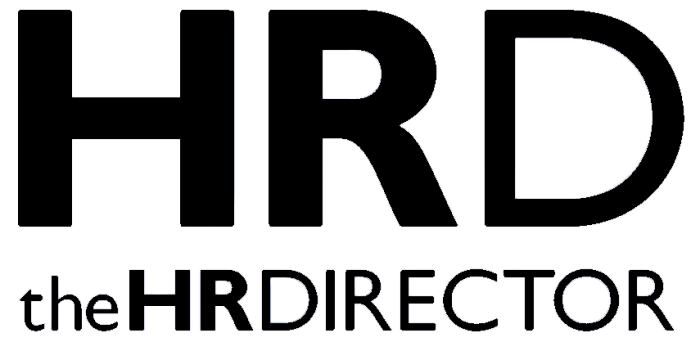Necessity is the mother of invention—and nowhere has this been more evident than in the rapid evolution of Human Resources over the past few years. The acceleration of technology adoption within the HR function has not just been about keeping up with change but about leading it. Faced with the unprecedented demands of remote and hybrid work models, HR teams have had to reinvent their processes, tools, and strategies—quickly and intelligently.
Today, HR departments are empowered with more robust and integrated tools than ever before. These tools are enabling smarter talent management, faster onboarding, more meaningful employee engagement, and greater confidence in maintaining compliance and business continuity in an increasingly digital-first landscape. To explore how these changes are being experienced at the ground level, we spoke with HR leaders from across our customer base.
First up is Ross MacRae, Group HR Director and Deputy Managing Director at Orion Group, one of the world’s largest independent, family-owned and privately funded international recruitment companies. His experience offers valuable insights into how technology is being harnessed to drive both strategic advantage and meaningful change in the employee experience.

Q: Over the past few years, how have you personally seen technology evolve within the HR function?
“Technology has significantly boosted productivity and reduced our administrative burden, allowing my HR team to focus more on strategic initiatives and improving the employee experience,” Ross explains. “We’ve seen dramatic advances in efficiency, security, and compliance. Enhanced data analytics now support me with more strategic decision-making, from workforce planning to driving diversity and inclusion initiatives.”
One of the most transformative changes, according to Ross, has been the role of AI-driven tools in recruitment. By refining candidate selection and helping reduce unconscious bias, these technologies ensure a more equitable and streamlined hiring process. Meanwhile, automation has redefined core administrative functions—particularly onboarding—making them faster, more reliable, and easier to scale.
“As a trusted partner to some of the world’s largest organisations, it’s crucial that we balance the adoption of new technology with stringent security and compliance requirements,” he adds. “Operating across more than 20 offices worldwide means we need tools that not only foster innovation but also guarantee the protection of critical data and compliance with diverse regional and industry-specific regulations.”
Q: What are the key technologies that have significantly impacted your HR role or team?
From digital integration to real-time analytics, Ross highlights several technologies that have had a measurable impact.
“Technology has transformed HR in many areas, particularly around managing employee benefits,” he says. “By digitally integrating with payroll systems and third-party providers, we’ve streamlined complex processes. This integration has made our operations more efficient, cost-effective, and responsive to the evolving needs of our workforce.”
Perhaps even more impactful is the centralisation of data, which enables a consistent, single source of truth across HR functions. “This has significantly reduced errors and duplication, improved our reporting capabilities, and allowed us to act faster on workforce trends. With real-time data at our fingertips, we’re able to make better decisions more quickly, especially in areas like compliance tracking and performance management.”
Such technologies not only improve back-end operations but also ensure agility and responsiveness in a business environment that continues to change at pace.
How does technology contribute to improving the employee experience at your organisation?
“For us, it’s all about balance,” says Ross. “Technology has definitely made a significant impact on streamlining onboarding. Our automated background and right-to-work checks help ensure compliance and reduce manual work, while e-signature tools allow employees to sign contracts remotely, speeding up the hiring process.”
The introduction of digital onboarding portals has also played a central role in creating a more seamless experience for new hires. These portals centralise everything a new employee needs—from essential documents to training materials and company policies—making the early days on the job far more efficient and engaging.
“However,” Ross cautions, “technology cannot replace authentic human interaction. Strong leadership, trust, and interpersonal connections are still fundamental to employee morale and well-being. That’s why our approach is hybrid—we use digital tools to support culture and processes, but we never lose sight of the human side of HR. The most effective organisations are those that integrate technology while keeping people at the heart of what they do.”
For other senior HR leaders considering new technology investments, what advice would you offer?
Ross offers several practical, experience-backed recommendations for HR leaders evaluating new tech solutions.
“Firstly, assess the value any new technology brings and ensure it aligns with your organisation’s goals,” he says. “It’s important to think beyond cost and efficiency. Consider how a tool will impact employee satisfaction, engagement, and overall experience.”
Ross stresses the importance of choosing the right vendor—not only for reliability and support, but for user accessibility. “Tech adoption only works when employees can use the tools effectively. We always consider ease of use to try and keep training requirements minimal. We also appoint internal champions to drive adoption, which helps generate buy-in and reduces resistance to change.”
Another critical point: system integration. “A seamless data flow across platforms minimizes disruptions and boosts efficiency. HR teams shouldn’t be working with siloed systems in 2025.”
And finally, always track success through clear, measurable ROI metrics. “Adoption rates, user engagement, and reductions in manual work are all great indicators. Depending on the technology, we also look at improvements in compliance tracking, employee feedback, and cost reduction. Regular reviews help us refine our processes and make smarter future investments.”
Conclusion: striking the balance between digital efficiency and human connection
The integration of technology within HR has undeniably transformed how Orion Group manages talent, enhances employee experiences, and drives operational efficiency. Ross MacRae’s insights offer a compelling case for why digital transformation in HR is not just a trend—but a strategic necessity.
Yet, as he makes clear, the key to success lies in balance. Leveraging powerful digital tools must go hand in hand with maintaining strong interpersonal relationships and a people-first culture. For HR leaders navigating the ever-changing landscape of work, the priority must be to select the right technologies, implement them with purpose, and continually measure their impact through relevant, strategic metrics.
In doing so, they can ensure their HR function isn’t just keeping up with change—but actively shaping the future of work.







